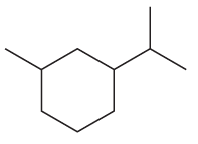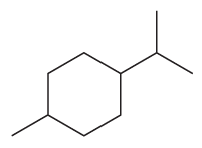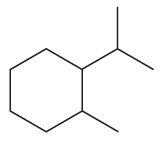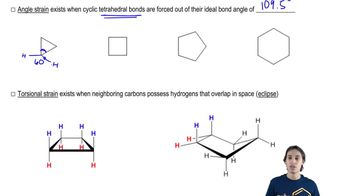For each of the following structures, draw the most stable chair conformer.
a.
b.



 Verified step by step guidance
Verified step by step guidance Verified video answer for a similar problem:
Verified video answer for a similar problem:



 4:02m
4:02mMaster Equatorial Preference with a bite sized video explanation from Johnny
Start learning